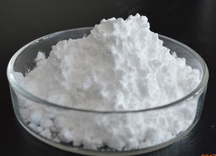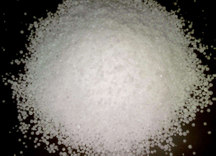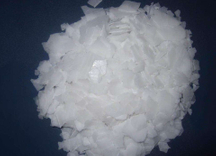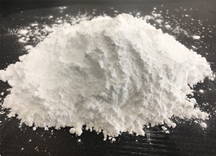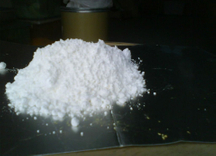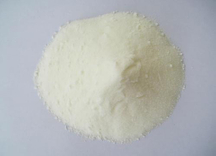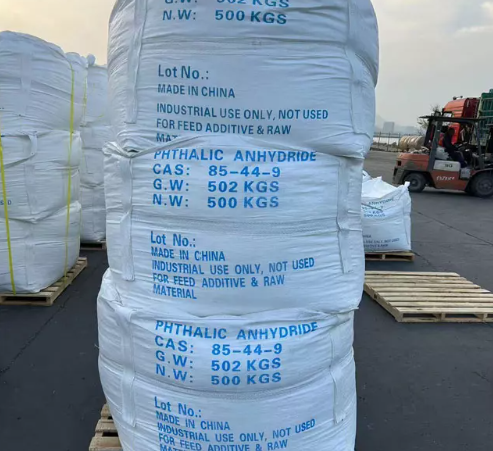
What is Phthalic Anhydride?
Phthalic anhydride (PA) is a white crystalline solid with the chemical formula C6H4(CO)2O. It is the anhydride of phthalic acid and is widely used in industrial applications. PA plays a crucial role in the production of plasticizers, dyes, resins, and pharmaceuticals, making it an essential compound in the chemical industry.
Applications of Phthalic Anhydride
Phthalic anhydride is primarily used as a precursor for manufacturing plasticizers, such as DEHP (di(2-ethylhexyl) phthalate), which are added to plastics to make them more flexible. It is also vital in the production of synthetic resins, including unsaturated polyester resins used in coatings, fiberglass, and other applications. Additionally, PA is used in the synthesis of dyes and pigments, as well as in certain pharmaceuticals.
![Phthalic Anhydride3 Phthalic Anhydride3]()
Physical and Chemical Properties of Phthalic Anhydride
Phthalic anhydride is a white, crystalline solid at room temperature, typically found in flake or powder form. It has a melting point of 131°C and a boiling point of 295°C, indicating its stability at higher temperatures. Under normal conditions, PA is stable but can react with water or alcohols, leading to the formation of phthalic acid and other derivatives. Its reactivity and the absence of solubility in water are critical in understanding its behavior in industrial processes.
The Chemistry of Solubility
What Does It Mean for a Substance to Be Soluble in Water?
Solubility refers to the ability of a substance to dissolve in a solvent, like water, to form a homogeneous solution. The scientific importance of solubility lies in its influence on how substances interact in both natural and industrial processes. Solubility largely depends on the chemical structure of the substance, particularly whether the molecule is polar or non-polar.
Water, a highly polar molecule, dissolves other polar substances well, as the positive and negative ends of water molecules attract similar charges in solutes. Non-polar molecules, like oils, do not interact strongly with water and are less likely to dissolve.
Why is Phthalic Anhydride Insoluble in Water?
Phthalic anhydride (PA) is a non-polar molecule, meaning it lacks a significant charge separation. This makes it incompatible with water, which is highly polar. Water molecules form hydrogen bonds with each other, and these bonds are much stronger than any interactions they can form with PA molecules. As a result, PA doesn't dissolve in water efficiently.
Since PA's structure doesn't support hydrogen bonding, it doesn’t interact well with the polar water molecules, leading to its insolubility. This characteristic is crucial in understanding why PA needs to be processed in non-aqueous environments in various industrial applications.
Chemical Interactions Between Phthalic Anhydride and Water
Why Doesn’t Phthalic Anhydride Dissolve in Water?
Phthalic anhydride (PA) doesn’t dissolve in water primarily due to the lack of hydrogen bonding between its molecules and water. Water molecules are highly polar, forming strong hydrogen bonds with each other, but PA, being non-polar, doesn't engage in these interactions.
Instead, van der Waals forces, which are weaker than hydrogen bonds, govern the interaction between PA and water. However, these forces are not strong enough to overcome the cohesive hydrogen bonds in water, leading to PA’s insolubility. Water molecules naturally form stronger interactions with each other than with PA, making it difficult for PA to mix with water.
What Happens When Phthalic Anhydride Comes Into Contact with Water?
When phthalic anhydride encounters water, it doesn't dissolve but undergoes hydrolysis. In this reaction, water breaks down PA into phthalic acid. The chemical equation for this process is:
C6H4(CO)2O + H2O → C6H4(CO2H)2
Here, PA reacts with water, resulting in the formation of phthalic acid (C6H4(CO2H)2), which is more water-soluble than the anhydride form. This hydrolysis reaction demonstrates that while PA doesn’t dissolve in water, it does interact chemically, changing its structure in the process.
Practical Implications of PA’s Insolubility in Water
How Does the Insolubility of Phthalic Anhydride Affect Its Industrial Applications?
Phthalic anhydride’s insolubility in water has significant implications for its use in industrial applications. In the production of plasticizers, resins, and dyes, PA needs to be processed in non-aqueous environments to prevent hydrolysis and ensure product stability. For example, when PA is used to produce plasticizers, such as DEHP, it must be mixed with non-polar solvents to ensure a smooth, homogeneous mixture.
This characteristic of PA also affects its role in manufacturing unsaturated polyester resins and certain pharmaceuticals, where it is crucial to avoid water-based reactions. The inability of PA to dissolve in water ensures that it does not prematurely react or degrade during production processes. Instead, the reaction occurs in controlled, non-aqueous environments, allowing manufacturers to maintain consistency in the final product.
Because PA is insoluble in water, processing it in solvent-based systems is common. This allows for better control over reaction conditions and prevents unwanted by-products like phthalic acid, which would form if water were present. Manufacturers also rely on this insolubility to develop products that require a stable, water-free environment to function effectively.
Can Phthalic Anhydride Be Dissolved in Any Other Solvents?
Which Solvents Can Phthalic Anhydride Be Dissolved In?
Although phthalic anhydride is insoluble in water, it dissolves readily in several other solvents. Some common solvents include:
Acetone: A polar solvent that can break the intermolecular forces in PA, allowing it to dissolve.
Toluene: A non-polar solvent that works well with PA due to its similar molecular properties.
Chloroform: Another non-polar solvent, effective in dissolving PA in industrial processes.
These solvents are capable of breaking down PA's crystalline structure, facilitating its dissolution. The suitability of these solvents is largely due to their chemical properties, such as polarity, which match or complement those of phthalic anhydride.
Why Is Phthalic Anhydride More Likely to Dissolve in Non-Polar Solvents?
The solubility principle "like dissolves like" plays a key role in the dissolution of phthalic anhydride. Since PA is a non-polar molecule, it is much more soluble in non-polar solvents such as toluene and chloroform. These solvents have similar non-polar characteristics, allowing them to interact more effectively with PA molecules.
In contrast, polar solvents like water are less effective because their polarity does not align with PA's non-polar nature. Non-polar solvents, on the other hand, disrupt the molecular forces within PA and facilitate its dissolution. This makes them ideal for use in various industrial processes, such as the production of plasticizers, dyes, and resins, where PA needs to be dissolved for further chemical reactions.
Conclusion
Phthalic anhydride is insoluble in water due to its non-polar nature and lack of hydrogen bonding with water molecules. Understanding its solubility is crucial for industrial processes like plasticizer and resin production, ensuring proper handling and safety. For further insights, explore PA's chemical reactions and interactions with various solvents.
FAQ
Q: Can phthalic anhydride be dissolved in water under any conditions?
A: Phthalic anhydride is generally insoluble in water, but it can hydrolyze under certain conditions to form phthalic acid.
Q: What industrial uses require phthalic anhydride to be dissolved in solvents?
A: PA is dissolved in non-polar solvents for applications like plasticizer production, resins, and dyes.
Q: How does phthalic anhydride’s reaction with water affect the environment?
A: PA’s reaction with water leads to the formation of phthalic acid, which requires safe disposal to prevent environmental harm.
Q: What are the common safety precautions when handling phthalic anhydride?
A: PA should be handled in dry, non-aqueous environments to avoid hydrolysis. Proper ventilation, protective equipment, and safe disposal methods are essential.












